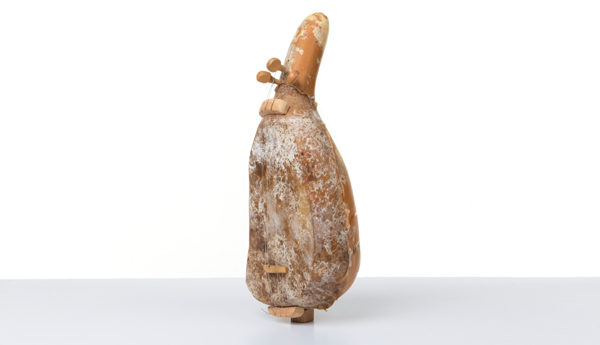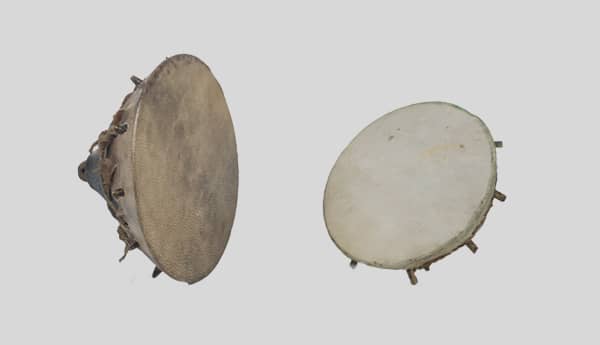
Bağlama
Mızraplı - Ditmeli Instruments
A stringed instrument identified with Turkish folk music, which can be traced back to the kopuz in Turkish music.
Mızraplı - Ditmeli Instruments
A stringed instrument identified with Turkish folk music, which can be traced back to the kopuz in Turkish music.
Stringed Instruments
A deeper and longer looking string instrument, first made of an ellipse or egg-shaped gourd, and later by wood carving. We come across the root of the name ‘hegit’ in the Hungarian sources from the 16th century.
Percussion Instruments
The nevbe is a nakkare -a small kettledrum used in mehter (the Ottoman military band) music- with a single bowl and is also known as the ‘Rifâi kudümü’. Nevbe, which is usually called by its own name in Sufi music, also signifies a rite in which rhythm instruments like the halîle, the bendir, daire and the kudüm are played.


